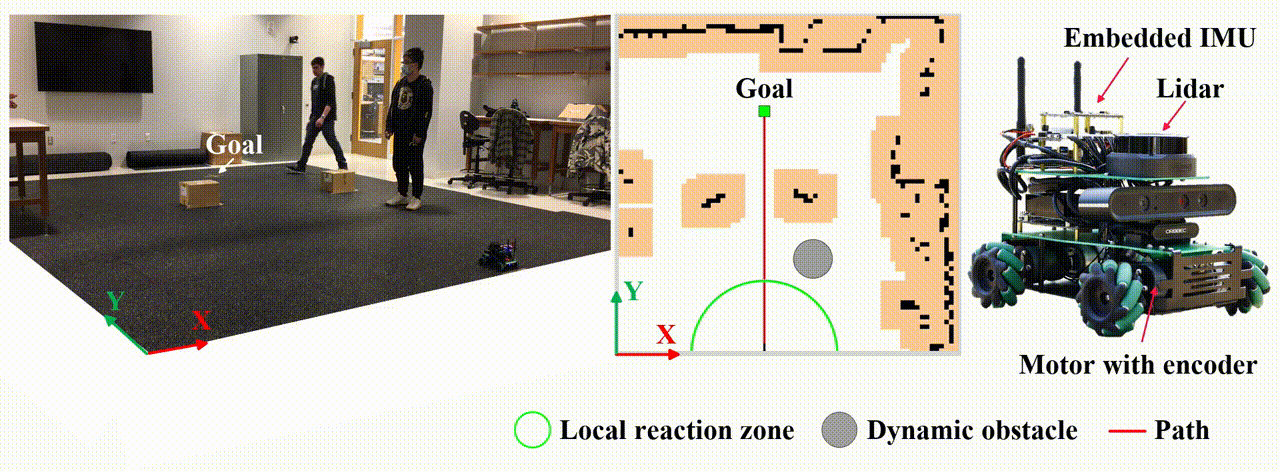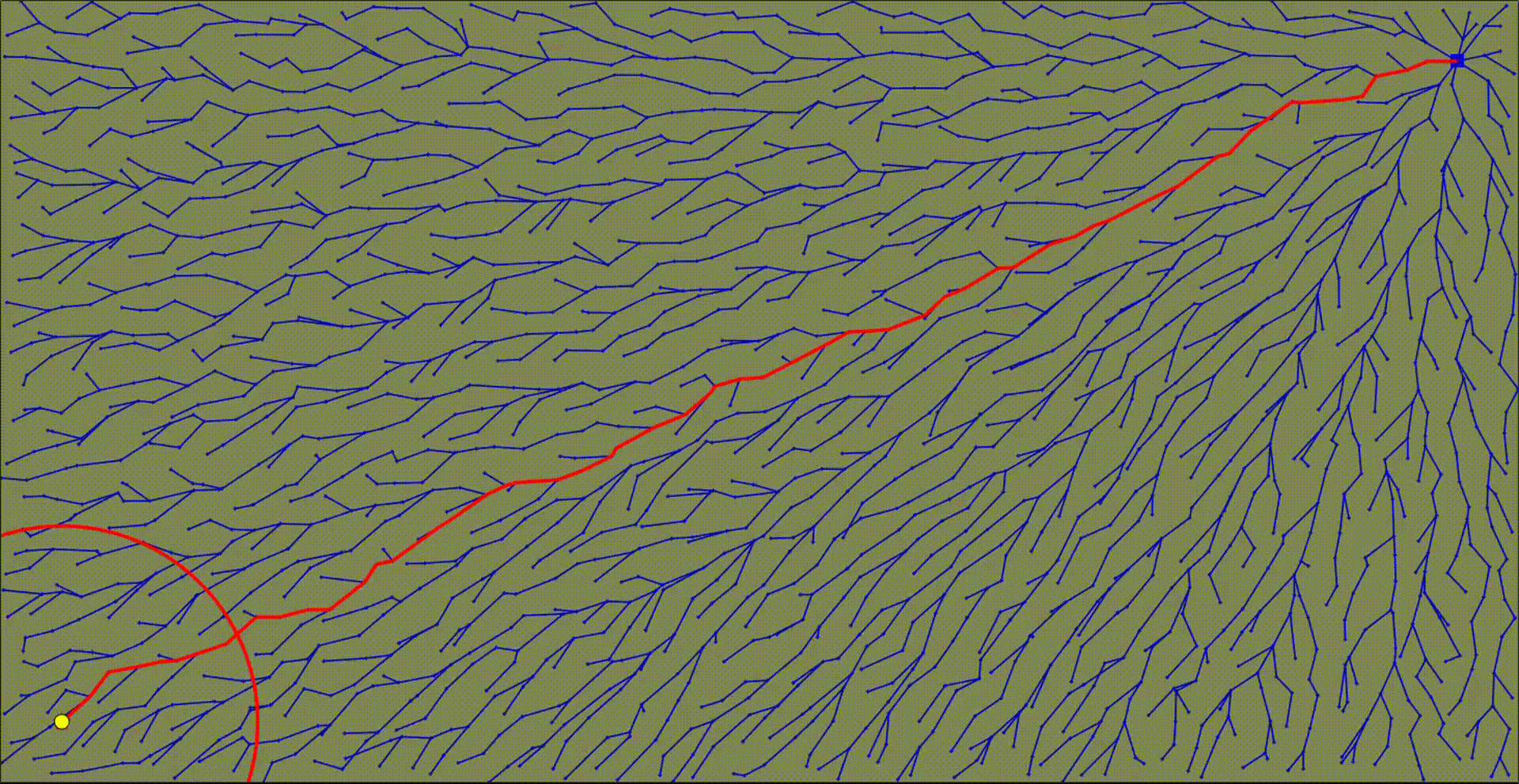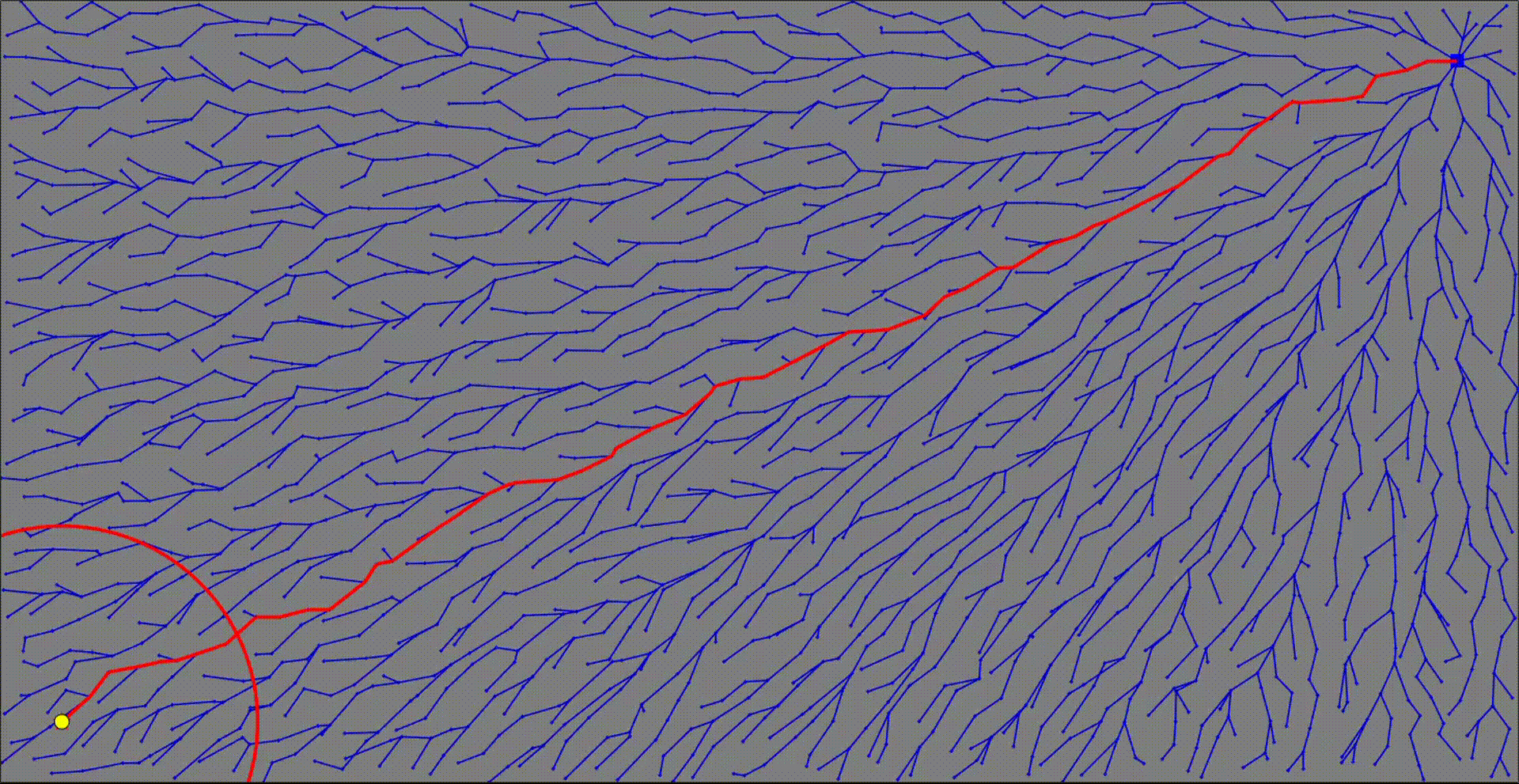Motion Planning in Dynamic Environments
Introduction
Typical path planning problems in static environments aim to optimize the path between the start and goal states by minimizing a user-specified cost-function. However, many real world applications consist of dynamic obstacles, such as self-driving car, multi-robot motion planning, and service robot. It is desired that these robots autonomously navigate in dynamic environments while replanning in real-time as needed to achieve high success rates and low travel times.
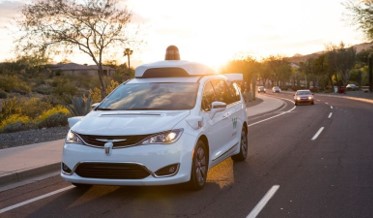
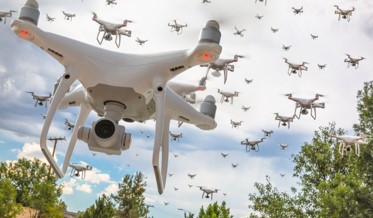

Topic 1: Reactive Motion Planning
Z. Shen, J. P. Wilson, S. Gupta, and R. Harvey, “SMART: Self-morphing adaptive replanning tree,” IEEE Robotics and Automation Letters, vol. 8, no. 11, pp. 7312–7319, Sep. 2023. [Paper][Code]
Overview: We proposed an algorithm, called Self-Morphing Adaptive ReplanningTree (SMART), that facilitates real-time reactive replanning in dynamic environments for uninterrupted navigation. SMART performs risk-based tree-pruning if the current path is obstructed by nearby moving obstacle(s), resulting in multiple disjoint subtrees. Then, for speedy recovery, it exploits these subtrees and performs informed tree-repair at the intersection of subtrees to find a new path.

Baseline algorithms: D* Lite, ERRT, DRRT, MPRRT, RRTX, HLRRT*, EBGRRT, MODRRT*.



